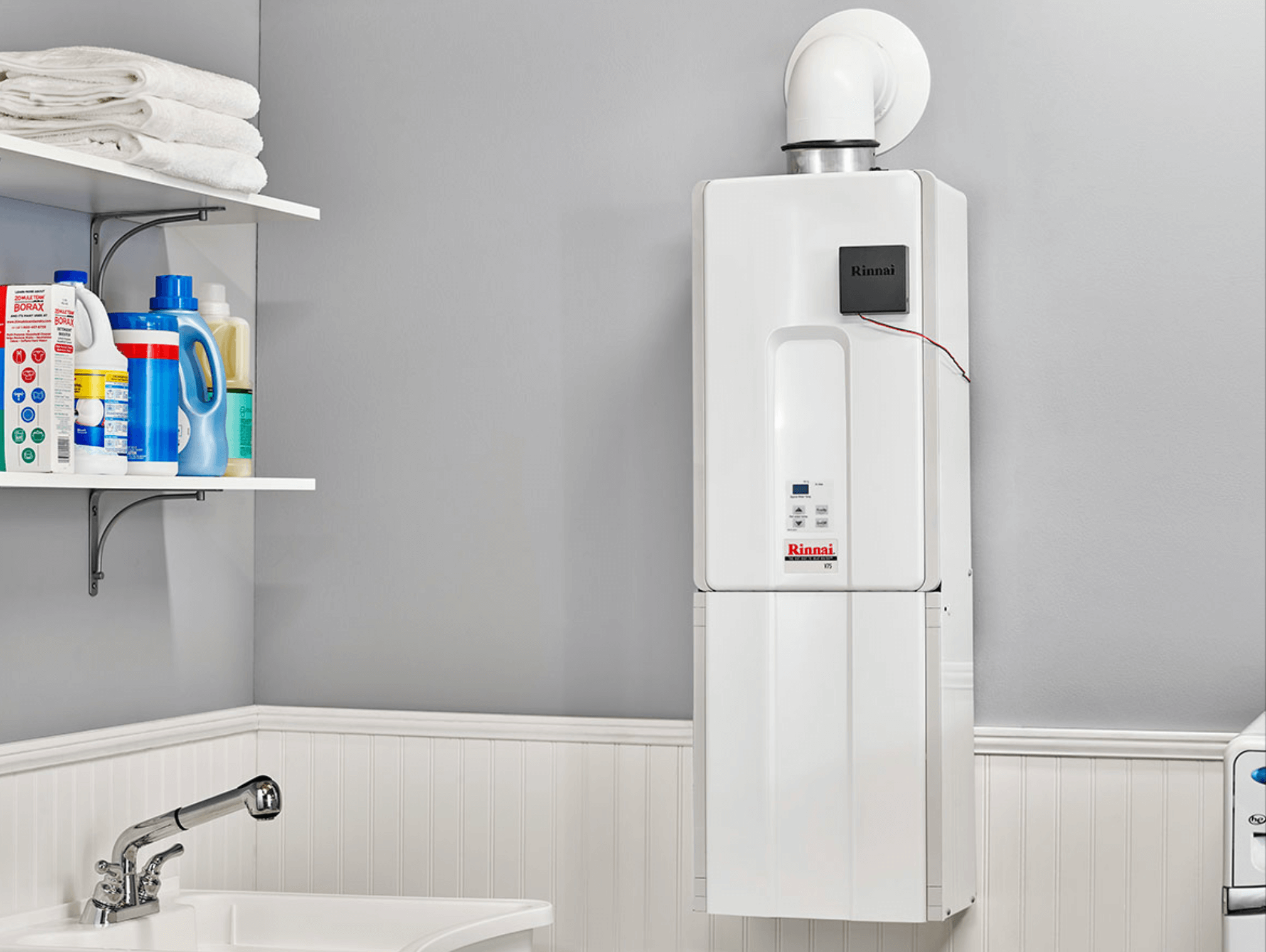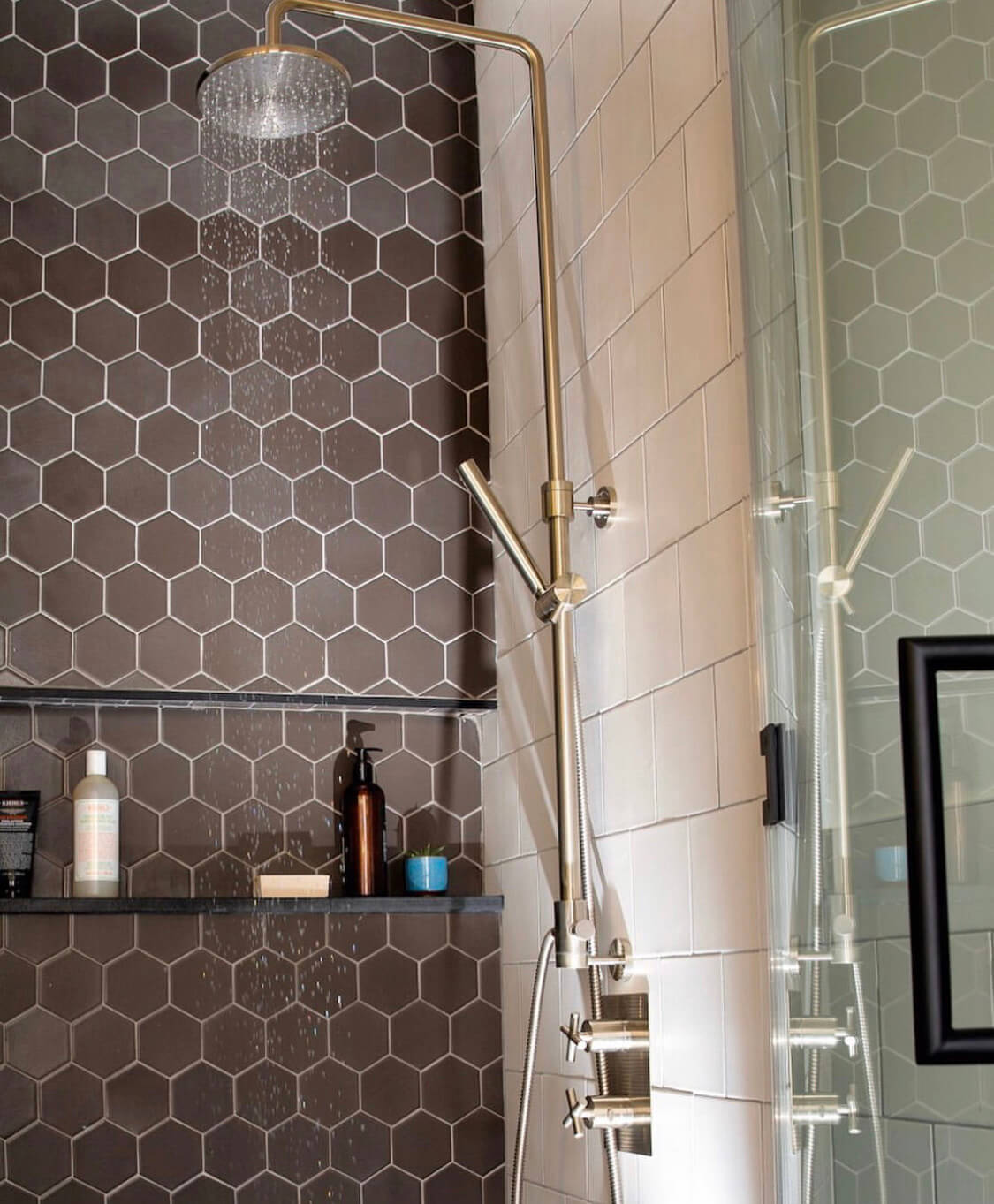Brownstone Boys: Pros and Cons of Tankless Water Heaters
Are tankless water heaters all they are cracked up to be? We looked at our giant 80-gallon tank and wondered what to do.

Our traditional hot water heater that came with the place. Photo by Brownstone Boys
Editor’s note: Welcome to the 65th installment of Brownstone Boys Reno, a reader renovation diary about renovating a brownstone in Bed Stuy. See the first one here. They also blog at www.thebrownstoneboys.com.
If you have ever been last in line for a shower and were left with lukewarm water that quickly turned freezing, it probably wasn’t the most pleasant experience. On the other hand, when no one is home all day or when you’re on vacation there is plenty of hot water to go around. And it’s heated and reheated — a full tank futilely waiting for you to turn on the faucet at any time. For these reasons and more many people are choosing to put in tankless water heaters. But are they all they are cracked up to be? We looked at our giant 80-gallon tank and wondered what to do.

A tankless hot water system heats water only when you need it. So if just one person is taking a shower you don’t need to heat water for five. Same goes for washing clothes, doing dishes and whatever else you would need hot water for. You might need a gallon or you might need 30 or 40 or 100. There is no limit to how much hot water a tankless system can produce. Sounds great, right? But there are also drawbacks.
Pros
More efficient use of energy to heat water. Since you’re not heating a giant tank of water for hours, days or even weeks when you might not be home, you’ll obviously save in energy expense. The U.S. Department of Energy says they can be up to 34 percent more efficient.
Unlimited stream of hot water. You can take one or 100 showers in a row and you will most likely have the same enjoyable steaming hot water. (Although see cons for further clarification.)
Longer lifespan. Most tankless water heaters will last longer than your average traditional tank unit. They can easily last twice the lifespan of a tank unit and have longer warranties as well. (This is an important note when you consider the cons as well.)
Space savings. A tankless system takes up much less space than a large traditional tank system, with much less risk of water damage. Allowing for gas lines and venting to code, this makes it possible to put a tankless unit (or multiple) tucked away anywhere in your house.

Cons
Upfront costs. The biggest disadvantage of tankless water heaters is the initial cost. While they can last longer and have lower operating costs that can help offset the higher initial cost, it will take quite some time to realize the savings.
Limited hot water supply. This might sound like a contradiction to one of their biggest pros mentioned above of unlimited water supply, but it’s not. While a tankless water heater will deliver an unlimited stream of hot water, they struggle to deliver a lot of hot water at one time. So while you might be able to take 100 showers in a row, if you have the dishwasher, washing machine, and shower going at the same time you might have problems. A traditional tank unit will deliver water to multiple outlets at one time with no problem (though it could exacerbate their problem of eventually running out).
Slower hot water delivery. This is not always the case, but depending on how far your faucet is from the unit, delivery can be a bit slower than a tank unit. With either you’ll need to wait for the water to travel through the pipes but you’ll also need to wait a few extra precious seconds for a tankless unit to heat the water. If you are two stories above this might push what already seems like a long wait for hot water from a traditional tank unit past the breaking point. One way to mitigate this is to install units throughout the house (see pros above).

More expensive installation and maintenance. Tankless systems require special venting, rerouted gas lines, possibly multiple units for a larger household, and sometimes maintenance like installing a softener. This can all further offset the operating cost savings.
For us the choice was simple. We had a relatively updated traditional tank unit and weren’t in a position to spend money changing it. If it needed to be replaced we likely would have invested in a tankless system.
If you have had a good or bad experience upgrading to a tankless system let us know about it.
[Photos by Brownstone Boys unless noted otherwise]
Related Stories
- Brownstone Boys: Renovation Dos and Don’ts
- Brownstone Boys: Budget Backyard Makeover
- Brownstone Boys: Why Is Skim Coating Plaster Walls So Expensive?
Email tips@brownstoner.com with further comments, questions or tips. Follow Brownstoner on Twitter and Instagram, and like us on Facebook.





What's Your Take? Leave a Comment